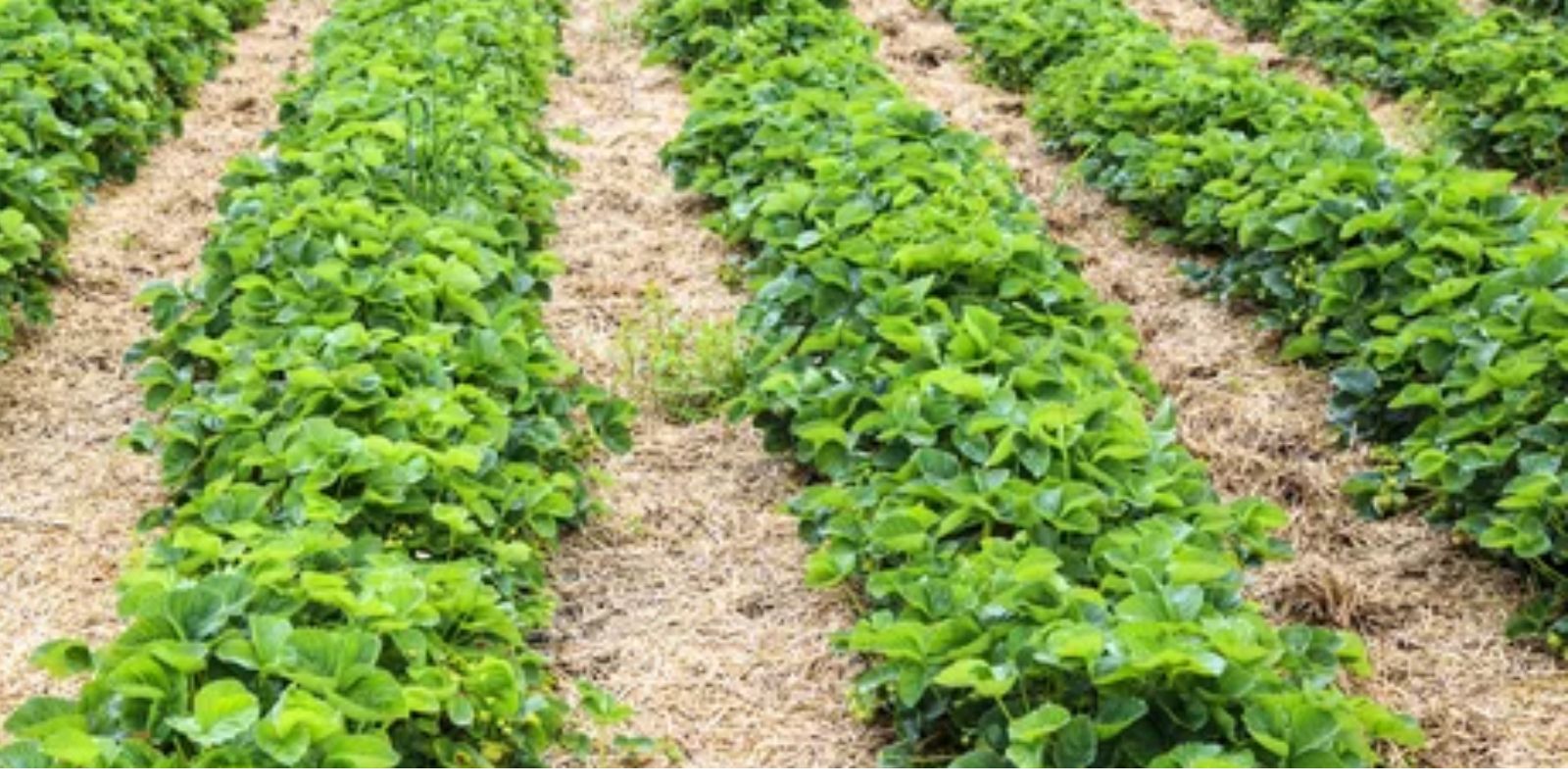Fertilizing vegetable plants correctly is essential for a bountiful harvest and overall plant health. Understanding the best practices and common pitfalls can help you get the most out of your garden. This comprehensive guide will walk you through the dos and don’ts of fertilizing vegetable plants to ensure you provide optimal care for your garden.
Introduction
Fertilizing vegetable plants is both an art and a science. The right nutrients, applied at the right time and in the right way, can lead to healthier plants and a more productive garden. However, incorrect fertilization can lead to poor plant growth, nutrient imbalances, and even harm the environment. By following a few simple dos and don’ts, you can maximize your garden’s potential and enjoy a fruitful harvest.
The Dos of Fertilizing Vegetable Plants
1. Do Choose the Right Fertilizer
Selecting the appropriate fertilizer is crucial for providing the essential nutrients that vegetable plants need to thrive.
- Balanced Fertilizers: These contain equal proportions of nitrogen (N), phosphorus (P), and potassium (K), such as a 10-10-10 or 14-14-14 mix. They’re suitable for general vegetable garden use.
- Vegetable-Specific Fertilizers: Some fertilizers are tailored specifically for vegetables, offering the right balance of nutrients for optimal growth and productivity.
Consider getting a soil test to determine your soil’s nutrient needs before choosing a fertilizer. This will help you select a product that addresses specific deficiencies.
2. Do Apply Fertilizer at the Right Time
Timing is critical when it comes to fertilizing vegetable plants.
- Before Planting: Incorporate fertilizer into the soil before planting to give vegetables a strong start. This can be done by mixing it into the top 6-8 inches of soil.
- During the Growing Season: Apply additional fertilizer every 4-6 weeks to support continued growth, especially during the active growing phase. For fast-growing vegetables like lettuce and cucumbers, more frequent applications may be beneficial.
3. Do Incorporate Organic Matter
Organic matter, such as compost or well-rotted manure, is an excellent addition to vegetable gardens.
- Soil Health: Organic matter improves soil structure, water retention, and nutrient availability, creating a healthier growing environment for your plants.
- Nutrient Release: Compost releases nutrients slowly, providing a steady supply of food for your vegetables and reducing the risk of over-fertilization.
4. Do Follow Recommended Application Rates
Using the correct amount of fertilizer is crucial to avoid over-fertilization, which can lead to nutrient imbalances and environmental harm.
- Label Instructions: Always follow the application rates specified on the fertilizer label. Over-application can cause nutrient runoff into waterways, leading to pollution and harming aquatic ecosystems.
- Measurement Tools: Use measuring tools like scoops or scales to ensure accurate application.
5. Do Monitor Plant Response
Regularly observe how your plants respond to fertilization.
- Growth and Yield: Healthy plants should show vigorous growth and a good yield. If plants are not performing as expected, check for nutrient deficiencies or excesses and adjust fertilization accordingly.
- Leaf Color and Health: Yellowing leaves or poor growth can indicate a need for more or different nutrients.
The Don’ts of Fertilizing Vegetable Plants
1. Don’t Over-Fertilize
Applying too much fertilizer can harm plants and the environment.
- Nutrient Imbalance: Excess nutrients can lead to imbalances that affect plant health, causing issues such as leaf burn or poor fruit development.
- Environmental Impact: Over-fertilization can lead to nutrient runoff, which contaminates water sources and causes algal blooms.
2. Don’t Fertilize During Drought
Fertilizing during dry conditions can be counterproductive.
- Nutrient Uptake: Plants need moisture to absorb nutrients effectively. Fertilizing during a drought can lead to nutrient accumulation in the soil without proper uptake by the plants.
- Soil Health: Drought conditions can stress plants, making them more susceptible to damage from fertilizers.
3. Don’t Ignore Soil Testing
Regular soil testing is essential for effective fertilization.
- Nutrient Deficiencies: Soil tests identify nutrient deficiencies and pH imbalances, allowing you to tailor your fertilization practices to meet your garden’s specific needs.
- Prevent Overuse: Testing helps prevent over-fertilization and ensures you apply the right type and amount of fertilizer.
4. Don’t Use Fertilizer as a Substitute for Good Gardening Practices
Fertilizer alone will not compensate for poor gardening practices.
- Soil Preparation: Proper soil preparation, including tilling and amending with organic matter, is essential for healthy plant growth.
- Watering and Maintenance: Consistent watering and regular maintenance are crucial for supporting plant health and maximizing fertilizer benefits.
Conclusion
Fertilizing vegetable plants is a key aspect of successful gardening, but it requires careful attention to detail. By following the dos and don’ts outlined in this guide, you can ensure that your plants receive the nutrients they need without the risks associated with improper fertilization. Choosing the right fertilizer, applying it correctly, and maintaining good soil health will help you achieve a thriving, productive vegetable garden.
Engagement Prompt:
What fertilization techniques have you found most effective for your vegetable garden? Share your experiences and tips in the comments below! 🌱🥕

